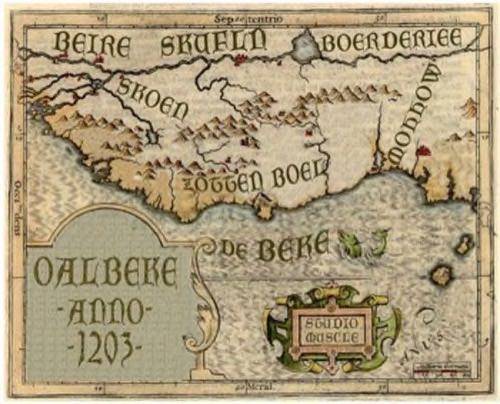Google Maps is an incredible technology. Built by acquired startups and licensed commercial data, it’s refined, repaired and extended by thousands of everyday people around the world using Google’s Map Maker editing service. Just today a big batch of new citizen contributed roads and landmarks went live in Iraq, Afghanistan and elsewhere.

But what about when there’s a mistake? Let’s say that an address or landmark is wrong on Google Maps and someone, somewhere uses Google Map Maker to fix it. How long does it take to show up in Google Maps? And how long does it take to populate out into all the embedded Google Maps around the world that are powered by the Google Maps API, the most popular API in the world? According to the company this week, it now takes as little as fifteen minutes. Even a market leader like Google Maps has to stay on its toes because there’s a whole lot of competition trying to win the hearts of developers who use maps in apps.
The Google Geo Developers blog announced a number of new changes to the geo API this week including faster response time pushing changes from Map Maker through to the Google Maps API. “For many countries, including the U.S.A., this means that corrections made with MapMaker can reach the Maps API within 15 minutes,” says Thor Mitchell, Product Manager of the Google Maps API.
Impressive. They say that the web is like a living ecosystem. So too it seems are the web’s leading maps of the offline world – from beginning to end, from the user mapping app through all the API powered maps around the web.

Right: An 800 year old map of the Belgian village of Aalbeke. Note, this one is not in real time so that giant man-eating fish may not be in the same place in the water anymore.
There’s enough competition in the map data space, even though Google is clearly dominant in the developer community, that near real-time edits just make sense. Developers choose every time they embed a map from options that include Google, Bing, Mapquest, OpenStreetMap and new entrants like ESRI’s lightweight new Canvas Maps and the forthcoming super-cool looking startup CartoDB.
Maps have got to stay fast these days to compete.










